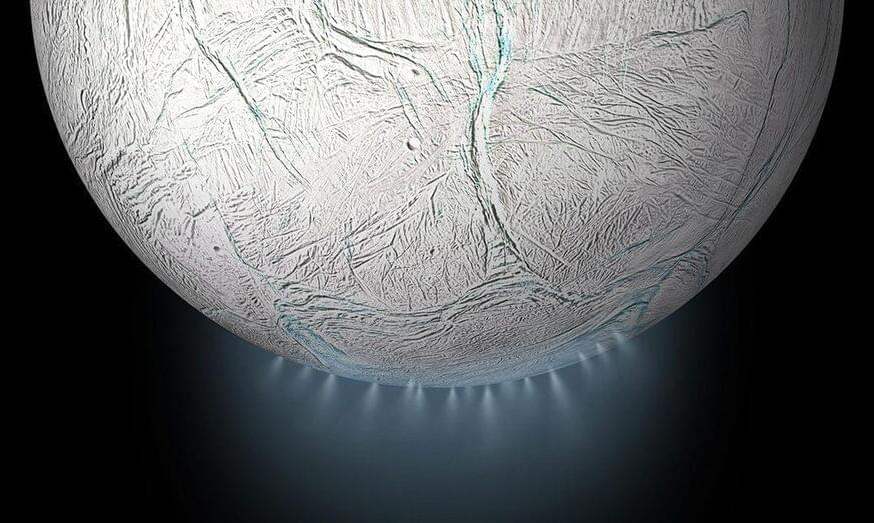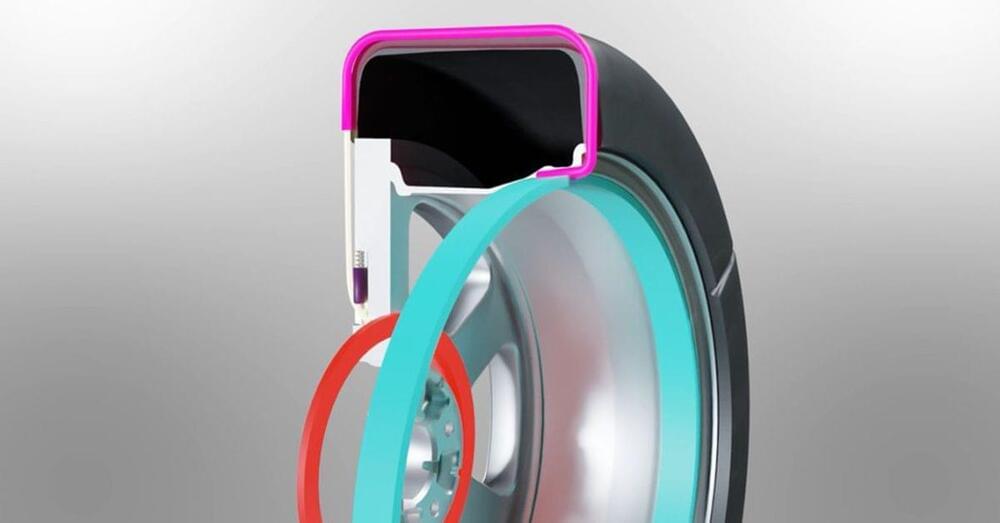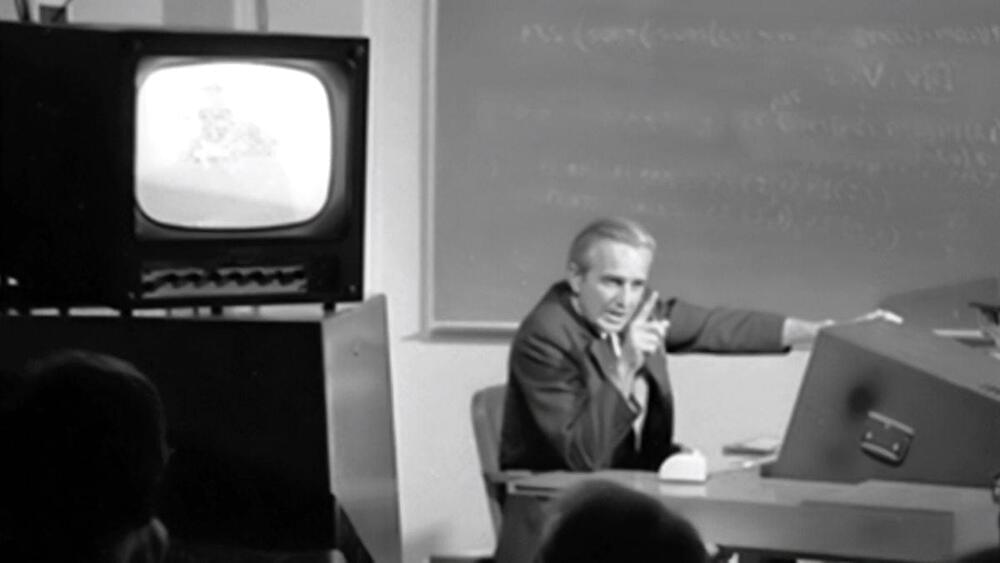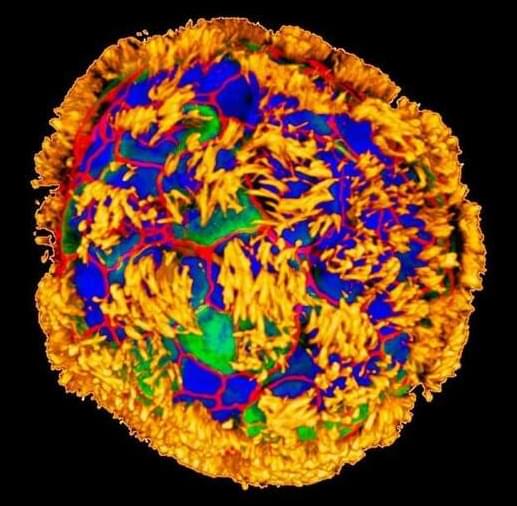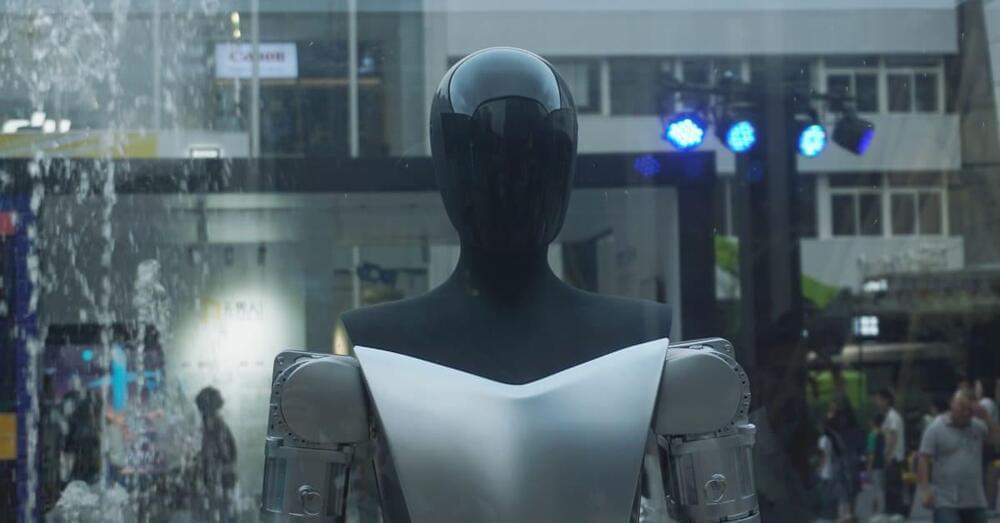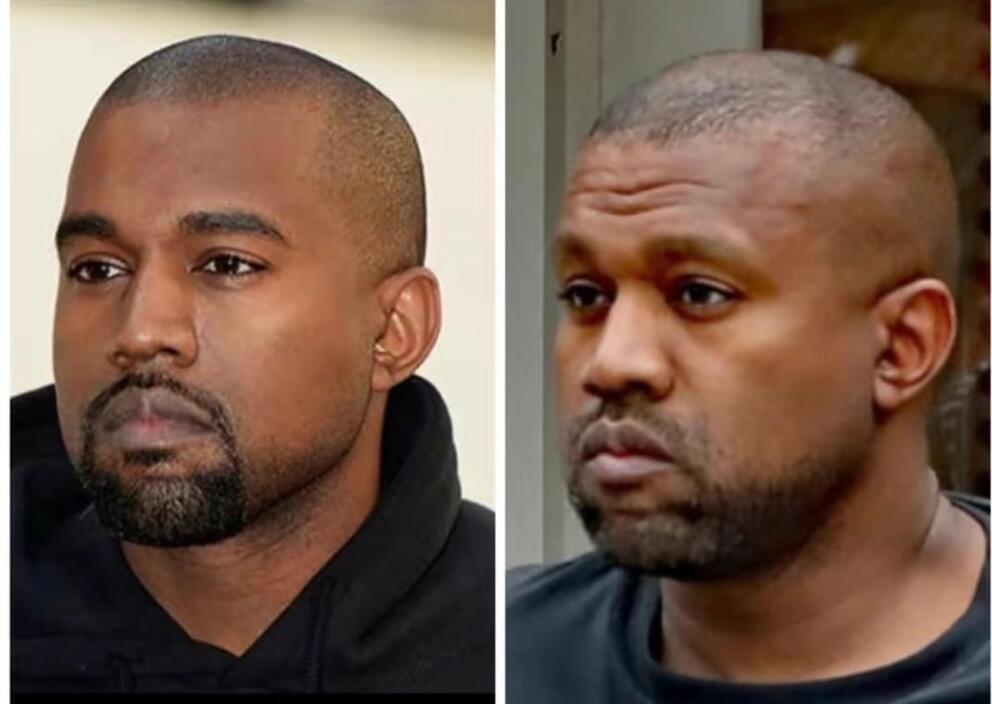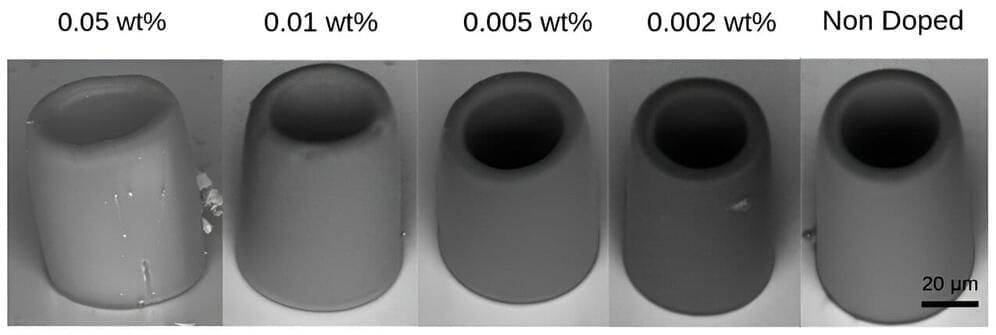
A nitrogen-vacancy (NV) center is a defect in the crystal structure of diamond, where a nitrogen atom replaces a carbon atom in the diamond lattice and a neighboring site in the lattice is vacant. This and other fluorescent defects in diamond, known as color centers, have attracted researchers’ attention owing to their quantum properties, such as single-photon emission at room temperature and with long coherence time. Their many applications include quantum information encoding and processing, and cell marking in biological studies.
Microfabrication in diamond is technically difficult, and nanodiamonds with color centers have been embedded in custom-designed structures as a way of integrating these quantum emitters into photonic devices. A study conducted at the University of São Paulo’s São Carlos Institute of Physics (IFSC-USP) in Brazil has established a method for this, as described in an article published in the journal Nanomaterials.
“We demonstrated a method of embedding fluorescent nanodiamonds in microstructures designed for this purpose, using two-photon polymerization [2PP],” Cleber Mendonça, a professor at IFSC-USP and last author of the article, told Agência FAPESP. “We studied the ideal concentration of nanodiamond in the photoresist to achieve structures with at least one fluorescent NV center and good structural and optical quality.” The photoresist is a light-sensitive material used in the fabrication process to transfer nanoscale patterns to the substrate.


